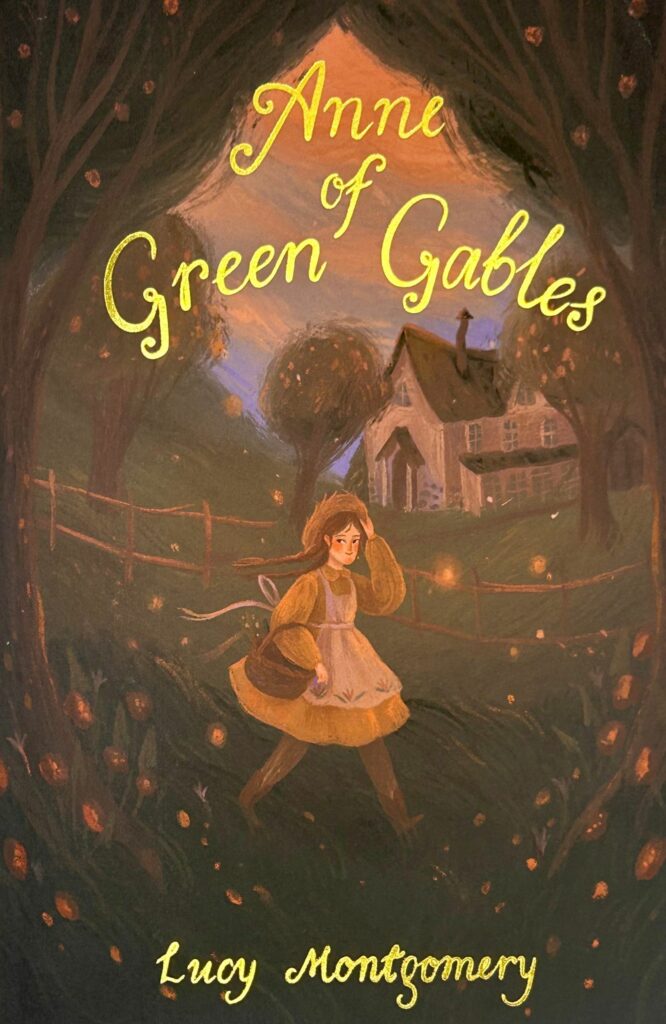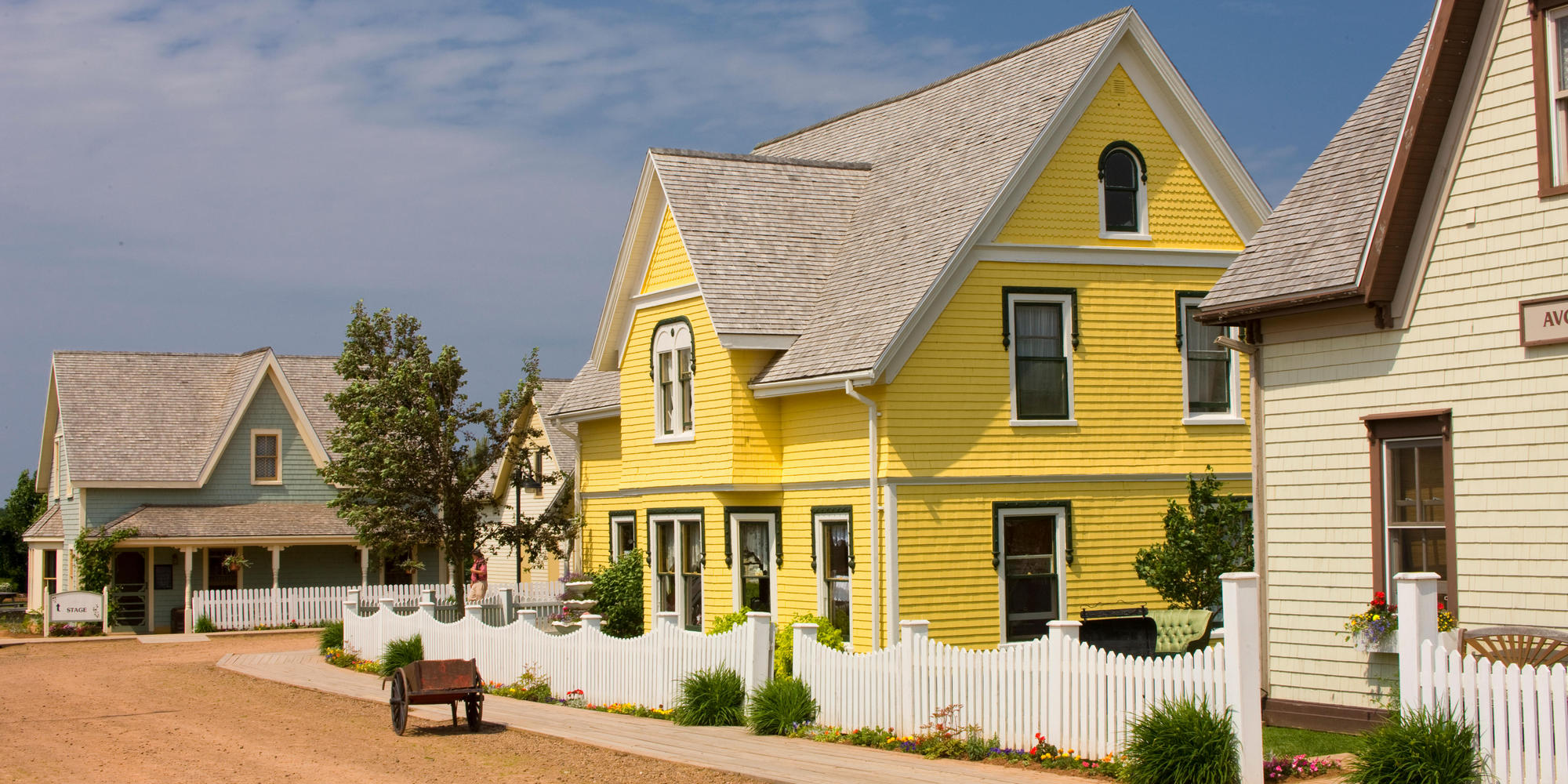
Back to School with Anne of Avonlea
Denise Hanrahan-Wells looks at Anne of Avonlea, the sequel to Anne of Green Gables.
‘Oh, will I ever learn to stop and reflect a little before doing reckless things? Mrs Lynde always told me I would do something dreadful someday, and now I’ve done it.’
Fans of the eponymous orphan Anne Shirley will have probably first encountered her in L.M. Montgomery’s novel Anne of Green Gables, published in 1908. The publishers must have had faith in its potential as Lucy Maud Montgomery was tasked with writing a sequel before the print run of her first novel was completed. Thus, Anne of Avonlea arrived on the shelves in 1909 to great success.
Anne of Green Gables follows young Anne Shirley from her first arrival at the Cuthbert’s farm brought about by a mistake made by the orphanage where she was formerly residing. Siblings Matthew and Marilla Cuthbert had requested to adopt a boy to help them with the farm work. They are soon both foiled in their intentions to return Anne in favour of the sought after boy, as they become increasingly captivated by the imaginative, talkative young redhead with a fiery temper to match her hair. The novel documents Anne’s exploits and development and at the conclusion she is sixteen years old and has already had to make some difficult decisions. Despite her keen intelligence and potential Anne decides to forego college and remain at home to support an ailing Marilla.
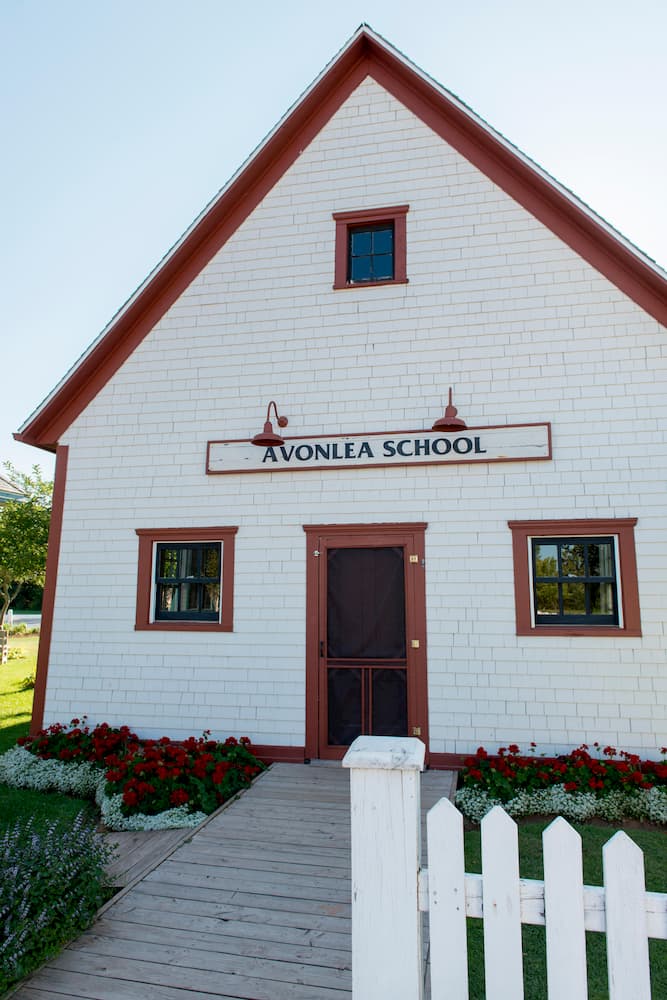
Avonlea School, Green Gables, Prince Edward Island.
Anne of Avonlea picks up almost where Anne of Green Gables left off and the narrator informs us ‘Anne is half-past sixteen’ and about to take up her first teaching post at the local school. The novel covers a two-year period in Anne’s life, and rather than presenting a sustained linear narrative, the reader is offered a series of incidents and vignettes. Characters from the earlier novel return, along with some well-developed new additions. This format provides Maud (as she preferred to be known) with an ideal format in which to not only follow Anne’s growing maturity, but also to address some proto-feminist concerns such as women’s education and marriage. Any evidence of feminism in the text is of the gentle variety though. Anne and her friends form the Avonlea Village Improvement Society of which Anne and her best friend Diana Barry are Secretary and Treasurer whereas the more senior roles of President and Vice President are held by Gilbert Blythe and Fred White. Thus, in this instance, traditional gender roles are maintained.
Anne’s assertiveness and independence of spirit are evident throughout though. During an angry encounter with their new neighbour Mr Harrison, he calls her a ‘red-headed snippet’. Anne’s customary temper flares and drives her cutting response ‘I’d rather have red hair than none at all except a little fringe around my ears.’ Anne’s tendency to get into scrapes is still present despite being half-past sixteen. An early example is where she accidentally sells the aforementioned Mr Harrison’s cow, believing it to be her own. Despite this incident, Anne’s courage in owning up to her guilt ensures she wins over the cranky Mr Harrison and ultimately, they become firm friends.
The novel inadvertently provides a snapshot of certain aspects of life in small town Canada during Edwardian times. The arrangements surrounding Anne’s first job as schoolmistress would have been fairly typical of the time in settlements like Avonlea. At just sixteen, Anne is responsible for educating the entire school. The school house consists of one room in which children of all ages are housed together. In Canada, school was compulsory for all children aged between eight and fourteen, and it is apparent Anne has to deal with a similar breadth of age groups single handedly. Montgomery herself was a teacher before giving up her work to write full time and appears to utilize some of Anne’s strongly held ideals and opinions to engage with educational debates. Chapter 4, aptly titled ‘Different Opinions’ features conversations between Anne and other characters on the merits (or not) of corporal punishment. Before taking up her post, Anne discusses such issues with her friends Jane Andrews and Gilbert Blythe who are also about to become teachers at other schools. Jane believes the ‘main thing will be to keep order’ a worthy consideration as some of the pupils may be around the same age as the teacher. The exchange
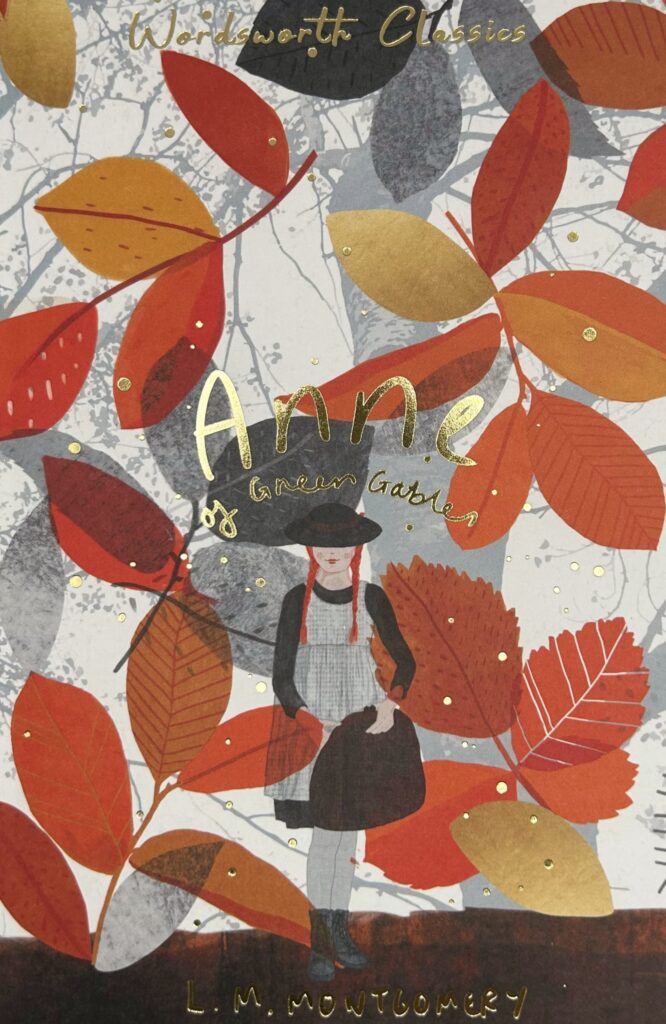
Our latest edition
between Jane and Anne clearly sets out both sides of the debate and begins with Jane’s statement:
‘… If my pupils won’t do as I tell them I shall punish them.’
‘How?’
‘Give them a good whipping, of course’
‘Oh, Jane, you wouldn’t,’ cried Anne, shocked. ‘Jane, you couldn’t!’
‘Indeed I could and would, if they deserved it,’ said Jane decidedly.
‘I could never whip a child,’ said Anne with equal decision. ‘I don’t believe in it at all… I shall try to win my pupils’ affections and then they will want to do what I tell them.’
Despite Mr Harrison’s droit maxim of ‘spare the rod and spoil the child’ Anne enters the next chapter and her first day at school determined to win over her pupils through ‘patience and kindness.’ As you might imagine, Anne encounters many trials and tribulations along the way. One of these comes in the shape of young Anthony Pye who frequently and vociferously expresses his opinion that ‘girl teachers are no good.’
Montgomery skilfully embeds debates around gender, sometimes through the use of humour. In a letter to a friend outlining her early experiences of teaching, Anne relays some of the responses given by her pupils to the question as to what ‘things they most wanted.’ This occurs in Chapter 11 entitled ‘Facts and Fancies’. In Anne’s selected examples, ten-year-old Marjory White declared she wanted to be a widow because ‘… if you weren’t married people called you an old maid, and if you were your husband bossed you; but if you were a widow there’d be no danger of either.’ This is offered with no narrative interpretation but does rather contain more than a grain of truth regarding the status of women at this time. Anne of Avonlea
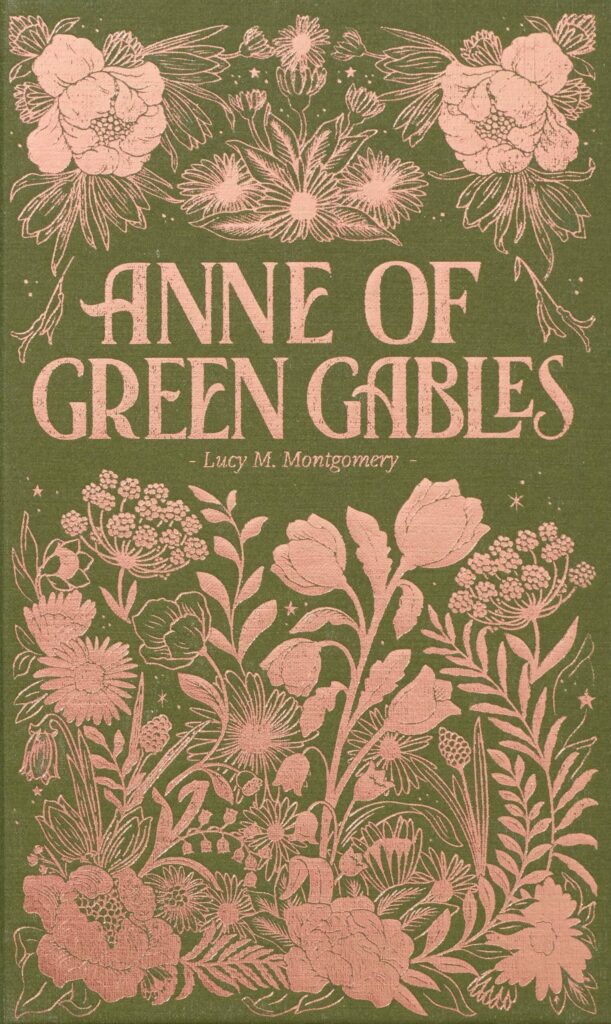
Our Luxe Edition
The topic of marriage is one which comes up a number of times, again usually without any narrative intrusion which is a safe way of getting across ideas, or at the very least, raising questions in the minds of the young Edwardian reader. At one point a couple of townsfolk are discussing the idea of Anne heading off to college and one of them remarks there is little point in Anne furthering her education as she will probably end up marrying Gilbert Blythe. That these words are spoken by one of the less likeable village gossips must have some significance. Attitudes towards spinsterhood are evident, but also challenged. New character Miss Lavendar Lewis is referred to somewhat dismissively by Diana Barry as ‘she’s an old maid – she’s forty-five and quite grey’ (Chapter 21). Yet on meeting Miss Lavendar Anne discovers she is far from being a conventional spinster and discovers in her another ‘kindred spirit’. At one point Anne’s friend the Minister’s wife is about to mention marriage to Anne but checks herself as she recognises ‘there was far more of the child than of the woman’ in Anne.
Maud herself somewhat defied the standards of the day when it came to marriage. At the time of writing the novel she was to all appearances a spinster. However, she was secretly engaged to Presbyterian Minister Ewan Macdonald, and it was not until 1911 at the age of thirty-six that she finally married. Their path to marriage was a lengthy one. According to the comprehensive and thoroughly researched biography by Mary Henley Rubio, legend has it that Macdonald first came to call on Maud in 1905, just as she was writing the final lines of Anne of Green Gables.[1] Despite becoming Mrs Macdonald, she maintained her gender-neutral name of L.M. Montgomery throughout her writing career, a career which was most prolific. By the end of her life in 1942 she had written twenty novels, five hundred poems, more than five hundred short stories, and extensive journals.
Eventually the Macdonalds settled in a suburb of Toronto, Ontario but Maud’s love of Cavendish, Prince Edward Island remained, and comes across in the poetic language used to describe nature as ‘September slipped by into a gold and crimson graciousness of October’ (Chapter 21). Despite the decline in popularity of her novels as the 1920s dawned and modernist writing attracted more interest, the novels featuring Anne Shirley have remained consistently in print for all to enjoy.
[1] Mary Henley Rubio, Lucy Maud Montgomery: The Gift of Wings, (Anchor: Canada, 2010)
Main image: Avonlea Village, Green Gables, Prince Edward Island, Canada. Credit: All Canada Photos / Alamy Stock Photo. Details of the Green Gables Heritage Place can be found here
Image 1 above: Facade of the Avonlea School, Green Gables, Prince Edward Island, Canada Credit: Keith Levit / Alamy Stock Photo
Image 2 & 3 above: Covers of our new classic edition of Anne of Green Gables / Anne of Avonlea and our Luxe edition of Anne of Green Gables.
Full details of our five different editions can be found here
Books associated with this article
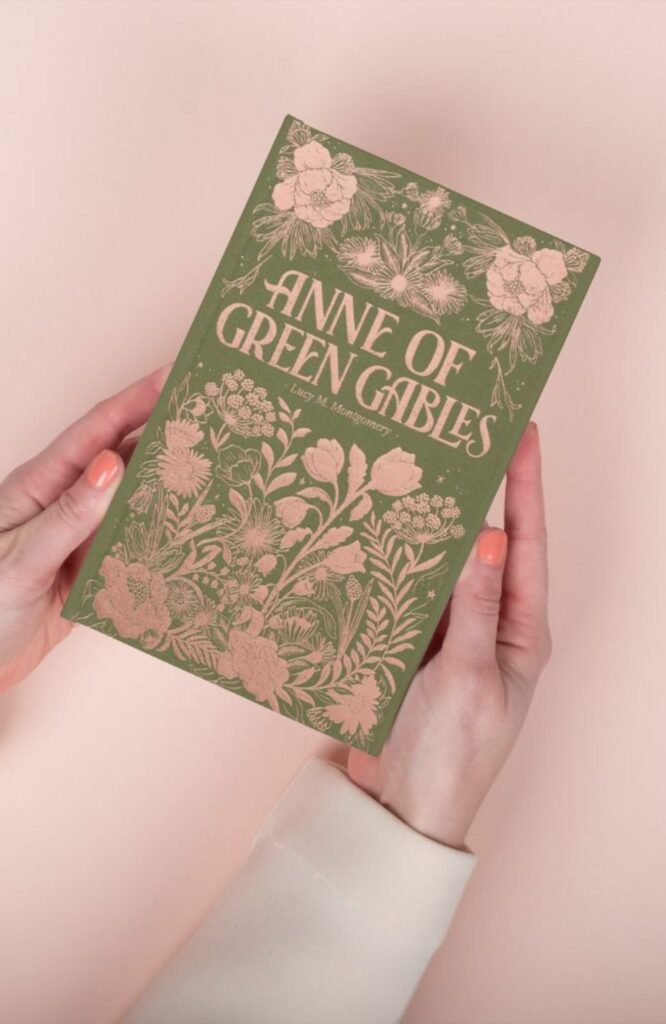
Anne of Green Gables (Luxe Edition)
Lucy Montgomery
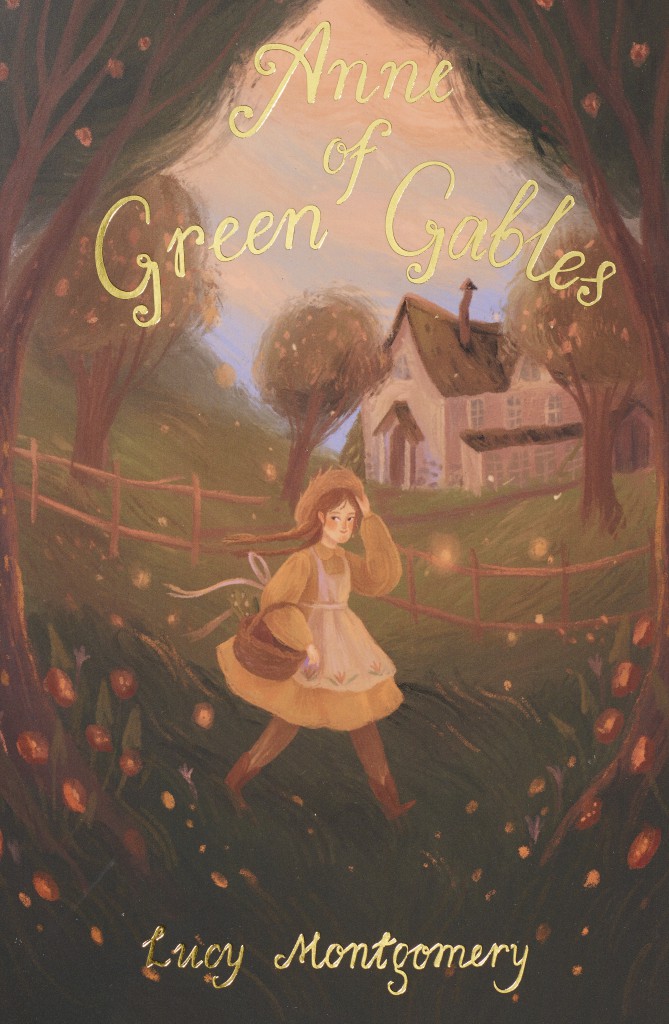
Anne of Green Gables (Exclusive)
Lucy Montgomery
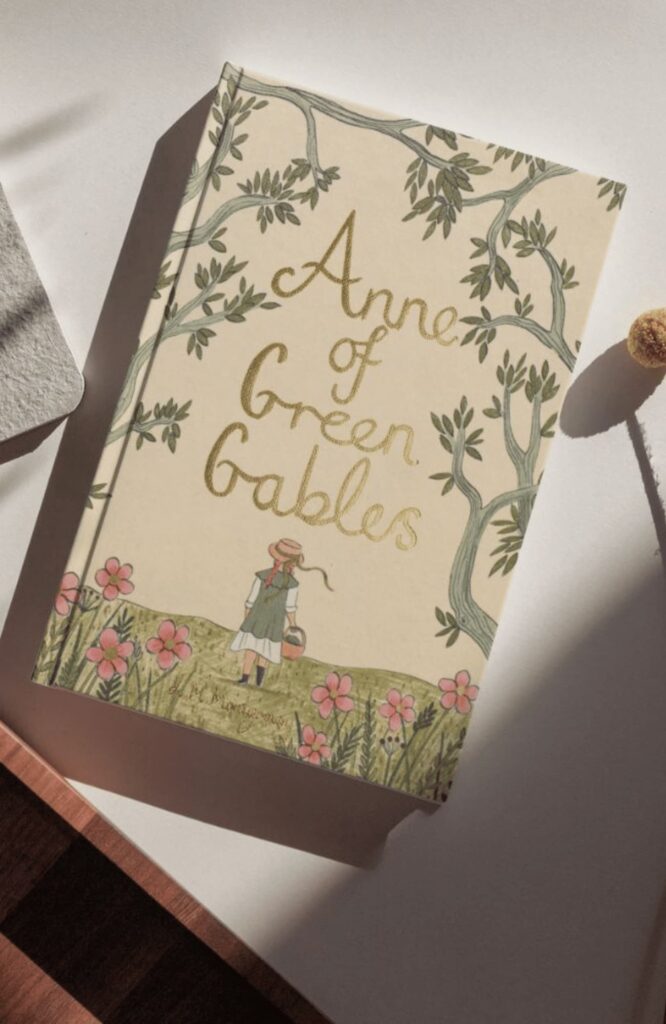
Anne of Green Gables (Collector’s Edition)
Lucy Montgomery
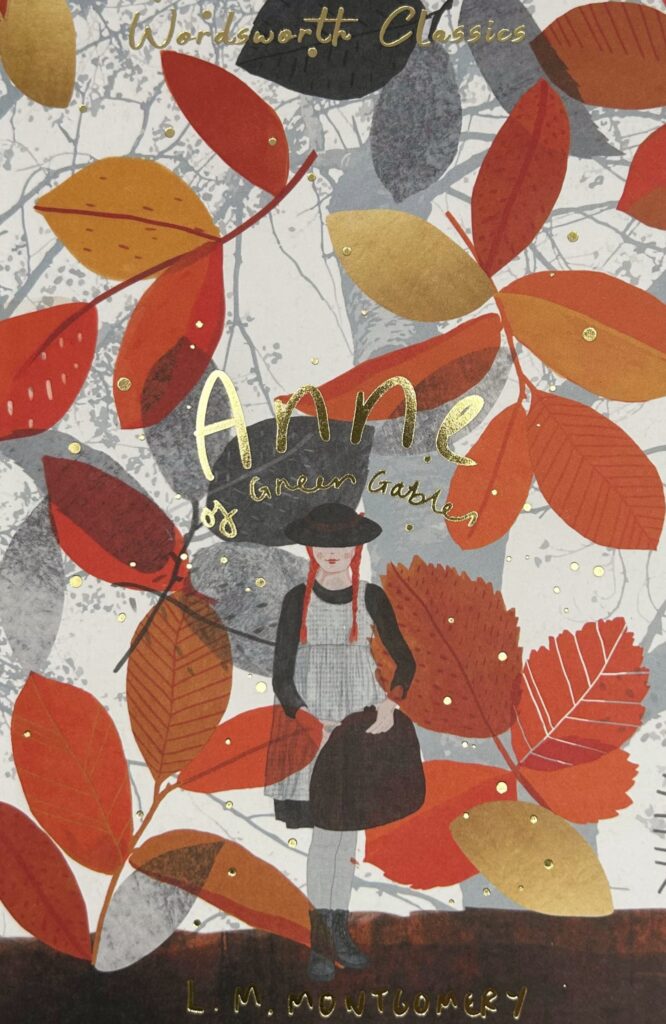
Anne of Green Gables & Anne of Avonlea
Lucy Montgomery
